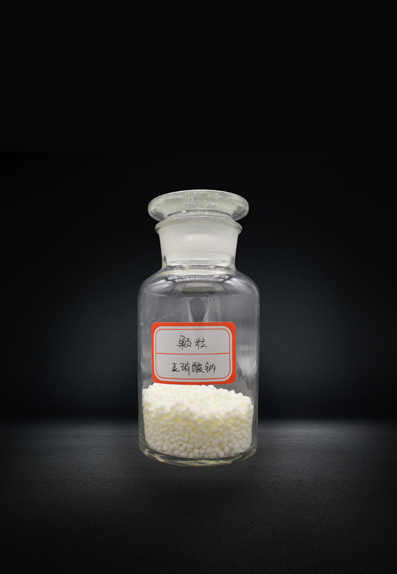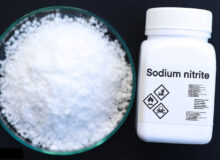Sodium Nitrite
Sodium Nitrite
Sodium nitrite (NaNO₂) is a colorless or white crystalline solid; its solution is alkaline. It has high solubility in water and quickly absorbs moisture in the air. Sodium nitrite has oxidizing and reducing properties and acts as a catalyst in many chemical reactions. Sodium nitrite is widely used in various industrial fields, such as food, medicine, agriculture, and chemical industry.

Production method:
It is generated by the reaction of sodium nitrate (NaNO₃) and reducing agents (such as metallic iron and sulfur).
It is produced by the reaction of ammonia (NH4OH) and nitric acid (HNO₃).
Application:
As a concrete admixture, sodium nitrite can play three roles:
1) As an early strength agent, improve the early strength of concrete;
2) As a rust inhibitor to prevent steel bars from corroding;
3) As an antifreeze agent, it prevents concrete from being damaged by freezing during winter construction.
Human hazard
Sodium nitrite is toxic and may adversely affect human health and the environment. Excessive intake of sodium nitrite may cause nitric oxide poisoning, causing symptoms such as headache, nausea, and difficulty breathing.


